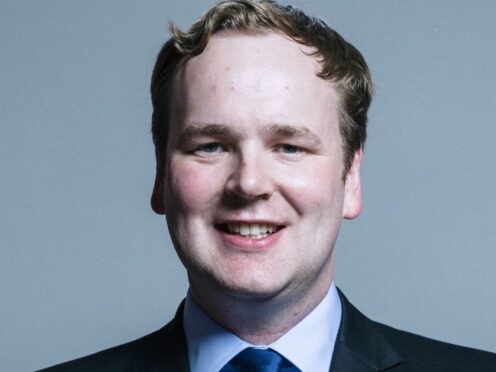
A Tory MP who said he was “manipulated” into sharing other politicians’ personal numbers as part of a parliamentary sexting scam has reportedly resigned as vice-chairman of the 1922 Committee.
William Wragg has also stepped down from his role heading the Commons’ Public Administration and Constitutional Affairs Committee (PACAC), according to multiple reports.
The MP for Hazel Grove in Greater Manchester admitted last week that he had given his colleagues’ phone numbers to someone on a dating app for fear of intimate images of himself being leaked.
Scotland Yard has said it is investigating reports of the so-called “honeytrap” scam after it was suggested that at least 12 men in political circles received unsolicited messages, raising security concerns.
Following Mr Wragg’s revelations in The Times newspaper, Conservative MP for Bosworth Luke Evans claimed he was the victim of “cyber flashing” and was the member who first alerted police to the issue.

In a video posted to Facebook on Friday, Dr Evans said: “The first set of messages I got was on a day I was with my wife and I got a one time open photo on WhatsApp of an explicit image of a naked lady. As soon as I got these the next day I reported it to the police, the authorities and the chief whip.
“Ten days later I got another set of messages, this time, however, I was sitting with my team in the constituency office, so we were able to record the conversation and catch photos and videos of the messages coming through including another explicit female image.”
The unknown scammer is said to have used the aliases “Charlie” and “Abi” while sending flirtatious messages to coax MPs into sending over explicit pictures.
Mr Wragg said he was sorry for his “weakness” in responding, an apology which was praised as “courageous and fulsome” by Chancellor Jeremy Hunt.
But pressure has mounted in recent days amid concerns over parliamentary security, with critics from across the political divide questioning his behaviour.
Tory MP Dame Andrea Jenkyns branded Mr Wragg an “idiot” for “compromising security” as she revealed she had also been targeted with a spear-phishing text.
“I too received the WhatsApp & reported it,” she said in a post on X, formerly Twitter.
“It was worded identical mentioning ‘Conference’. Unlike some MPs I am not happy with #Wragg as a mother with a young child who only recently had threats, it’s unforgivable of him to compromise the security of fellow MPs. Action is needed!”
Bloomberg reported that Mr Wragg had stepped down both from his role on PACAC and as vice-chairman of the powerful 1922 committee of Tory MPs.
The MP has been contacted for comment.

Enjoy the convenience of having The Sunday Post delivered as a digital ePaper straight to your smartphone, tablet or computer.
Subscribe for only £5.49 a month and enjoy all the benefits of the printed paper as a digital replica.
Subscribe